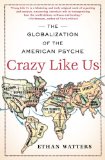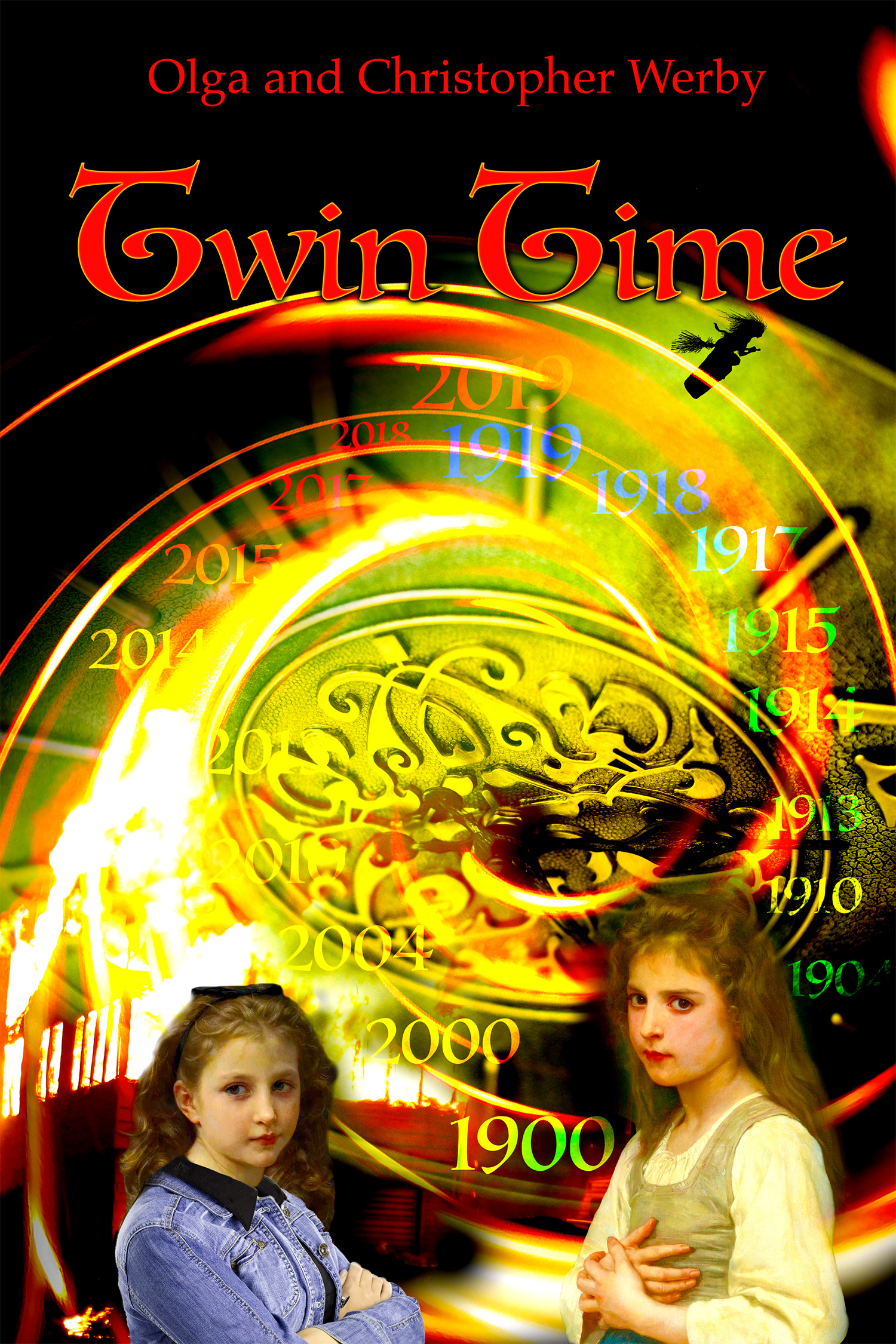We define ourselves by the stories we tell each other. Myths, fairytales, fantasy, sci-fi, fiction, drama, superhero movies, etc., they are all different ways to look at ourselves in a mirror. Consider mental illness and cognitive developmental disorders. There is often talk that there are rising rates of autism. Some say the proof is how much we are now spending in services to educate and support people on the spectrum. Others point to the drastic changes to the criteria for diagnosis over the last few decades. Are we getting better at identifying individuals who were always there? Or are more people actually autistic?

The devil steals a baby, leaving a concealed changeling. Early 15th-century detail of “The Legend of St. Stephen” by Martino di Bartolomeo
It’s interesting to look at descriptions of “different” individuals in mythology, oral histories, paintings, and some works of fiction. An example that jumps out at me are the stories of Changelings in European folklore. In particular, changeling stories depict young babies, as normal as can be, being stolen away in the night by fairies, witches, demons, or gnomes, and replaced by an identical-looking child who behaves completely differently. This might sound familiar to parents that have experienced a “change” in their toddlers, who go from learning to speak to becoming completely non-verbal, seemingly overnight. One reason vaccines have been blamed to the uptick in autism is that the age of the “change” happens to also be the age that children get a batch of shots to protect them from diseases that used to kill young children. The age of the “change,” around two or so, also happens to be the age when developing brains undergo a massive restructure. When things go noticeably wrong, it can both make autism manifest and appear to coincide with vaccinations. But signs of autism, we now know, can appear much earlier; those signs — avoidant behaviors in the gaze of an infant, repetitive movements, and some other behaviors — can be missed, though, as they are much more subtle than the loss of speech.
 Different peoples consider altered mental states through the lens of their cultures. In the book Crazy Like Us, Ethan Watters provides many examples of how various cultures deal with individuals experiencing schizophrenic episodes breaking from common reality. In Western cultures, schizophrenia is a disease without a cure. Once a person is sick, he is sick for life. Mythology, though, can have a profound effect on a culture’s attitudes towards various ailments. In some African cultures, for example, someone having a schizophrenic episode is seen as being temporarily possessed by devils. When the devil leaves, the person is back to normal. In many ways this is a more humane approach — anyone can be possessed for a time and stigma doesn’t attach to the sufferer.
Different peoples consider altered mental states through the lens of their cultures. In the book Crazy Like Us, Ethan Watters provides many examples of how various cultures deal with individuals experiencing schizophrenic episodes breaking from common reality. In Western cultures, schizophrenia is a disease without a cure. Once a person is sick, he is sick for life. Mythology, though, can have a profound effect on a culture’s attitudes towards various ailments. In some African cultures, for example, someone having a schizophrenic episode is seen as being temporarily possessed by devils. When the devil leaves, the person is back to normal. In many ways this is a more humane approach — anyone can be possessed for a time and stigma doesn’t attach to the sufferer.
Perhaps being a changeling was easier to survive than being autistic in the modern world. Perhaps being a magical being is better than having a cognitive difference. It all depends on how the culture views the problem, doesn’t it?
I have a doctorate in education and I have spent my career developing educational materials for schools, museums, and others that address learning differences. When I write characters who experience the world in a non-standard way, I try to convey to my readers what that would feel like. I’d like to help develop empathy toward such differences, and create a more accepting environment towards those who struggle now.
 One story that I co-wrote with my husband, Twin Time, uses a dual time frame, one in which a child is autistic, and one in which she is not. When she’s not autistic, she still remembers what it is like to be so. It allows for a first person impression of what autism feels like. I made this book free on Amazon Prime for a few days starting on the 15th of October. Please grab a copy.
One story that I co-wrote with my husband, Twin Time, uses a dual time frame, one in which a child is autistic, and one in which she is not. When she’s not autistic, she still remembers what it is like to be so. It allows for a first person impression of what autism feels like. I made this book free on Amazon Prime for a few days starting on the 15th of October. Please grab a copy.
A quick summary of the story:
Alex and Sasha are twin sisters, physically identical down to their freckles. But the resemblance is only skin deep—Sasha is profoundly autistic, while Alex is not. Sasha can’t communicate and acts bizarrely, and the family revolves around her and her intense needs. Yet the aged, wealthy, and mysterious Aunt Nana seems to have a particular interest in both girls. Offering a helping hand, she encourages the family to move to San Francisco to be near her. And when the young twins discover a tunnel in Nana’s tool shed, it leads them on a journey across the world and back 100 years in time. The tunnel is a pathway to the Firebird Estate, the home of their ancestors, located in rural Russia at the beginning of the twentieth century. Even more remarkable, through the effect that twisting time has on cognition, Sasha is not autistic when she’s at the Firebird Estate. Now, growing up in two strikingly different times and places, the twins must face their separate destinies among the ravages of the incipient Russian Revolution. Can they save their families on both sides of the tunnel? Can they simultaneously stay true to their own hearts, to each other, and to the people they left behind? Each sister must face her own personal challenge—but only together can they discover their own future within their family’s past.
Happy reading!
